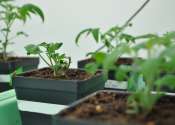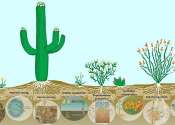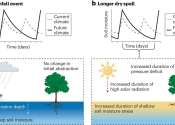Fukushima fallout transport longevity revealed by North Pacific ocean circulation patterns
Fukushima is now notorious for the nuclear disaster that took place in March 2011, the second worst of its kind after the Chernobyl catastrophe of 1986. An earthquake-triggered tsunami off the Japanese coast damaged backup ...









